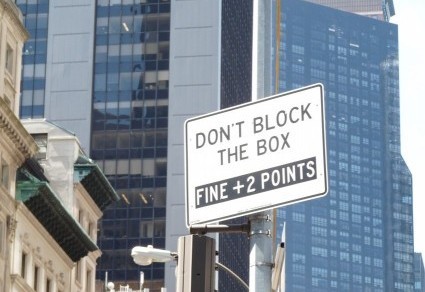I’m not hoping for baldness but rather for a change in signage pertaining to hair. What is it about the human version of fur that obsesses us? I don’t know the answer, but I do know that these products and services are beyond ridiculous. An example:

First of all, I hope no one goes to this salon hoping that Francis Ford or Sofia are employed there as stylists. Second, botox? Seriously? Just what I’d like for my hair: a neurotoxin that causes paralysis.
Onward but not upward:

I could say quite a lot about this sign. For example: Why specify “goatee beard”? Is there a “goatee eyebrow” or a “goatee cheese” that I don’t know about? But the line that most interests me is “Crew Cut Senior Citizen.” For the record, I’m a senior citizen and I don’t have a crew cut. Nor do I want one. I prefer to read this as a headline for an article beginning “The crew of the USS Scissors cut a senior citizen yesterday. NCIS is investigating.”
Another non-beauty:

This photo and the previous one are from different salons. Perhaps they share a grammarian (or rather, they should share one). In both, apostrophes are a problem. (“Children Haircut”? Men Haircut?) Also, both offer the customer a “shape up.” Presumably the $20 version comes with a trainer, diet plan, and access to exercise equipment. For $10, the salon owner just yells at you until get your act together.
That’s it for today. I have an appointment to get my hair cut, because, as this salon put it, I need an “edit”:

Do take photos of your favorite hair signs before, like the “summer edit festival,” they’re gone.
























 As far as I’m concerned, BOGO all you want. I once thought that the concept of “buy one get one” was an unnecessary statement of the standard deal between buyer and seller. But now I see that most BOGO-users are too busy surfing social media to add an “F,” for “free.” Or maybe they think that BOGOF sounds like a mediocre brand of caviar. I commend this sign-writer for specifying the terms of the deal, spelling out “buy one get one” for “50% Off,” though strictly speaking the sign should read “BOGAOF50%O” (buy one get another one for 50% off). I concede that such a sign resembles the kind of password people concoct and promptly forget. I will, however, raise an objection to “tight.” I prefer to cover both legs with “tights,” not just one with a “FREE tight.” And $75 is a little steep, don’t you think?
As far as I’m concerned, BOGO all you want. I once thought that the concept of “buy one get one” was an unnecessary statement of the standard deal between buyer and seller. But now I see that most BOGO-users are too busy surfing social media to add an “F,” for “free.” Or maybe they think that BOGOF sounds like a mediocre brand of caviar. I commend this sign-writer for specifying the terms of the deal, spelling out “buy one get one” for “50% Off,” though strictly speaking the sign should read “BOGAOF50%O” (buy one get another one for 50% off). I concede that such a sign resembles the kind of password people concoct and promptly forget. I will, however, raise an objection to “tight.” I prefer to cover both legs with “tights,” not just one with a “FREE tight.” And $75 is a little steep, don’t you think?

 Somehow “ped” got a period, but “dept” didn’t. Both are abbreviations, “ped” being the shortened form for “pedestrian” and “dept” for “department.” In case you’re wondering (actually, despite the fact that you’re not wondering at all), I should mention that this NYC “dept” isn’t consistent when it comes to punctuation relating to walkers:
Somehow “ped” got a period, but “dept” didn’t. Both are abbreviations, “ped” being the shortened form for “pedestrian” and “dept” for “department.” In case you’re wondering (actually, despite the fact that you’re not wondering at all), I should mention that this NYC “dept” isn’t consistent when it comes to punctuation relating to walkers:

 I understand that consistency is difficult to achieve in, say, a 200-page document. But if you’re working with only two sentences, you ought to be able to spare a period for each or omit the punctuation mark entirely.
I understand that consistency is difficult to achieve in, say, a 200-page document. But if you’re working with only two sentences, you ought to be able to spare a period for each or omit the punctuation mark entirely. Okay, no period at the end of this sentence: I’m used to that. But I can’t find any reason for a comma before the conjunction “or.” For that matter, I can’t find a reason for the text as written. Why not just say “DO NOT FEED BIRDS”? Theories welcome. Punc also.
Okay, no period at the end of this sentence: I’m used to that. But I can’t find any reason for a comma before the conjunction “or.” For that matter, I can’t find a reason for the text as written. Why not just say “DO NOT FEED BIRDS”? Theories welcome. Punc also.